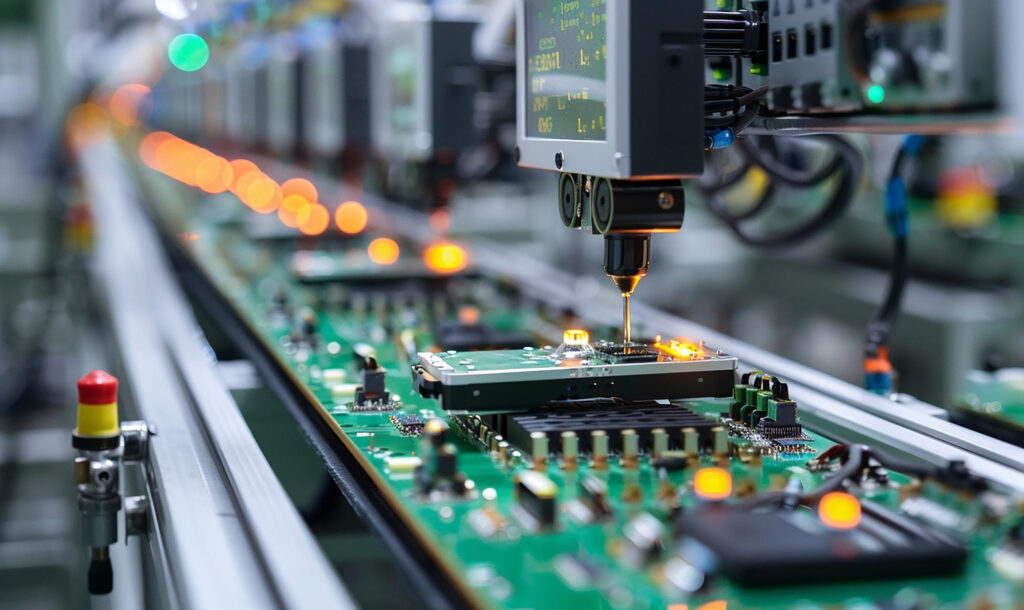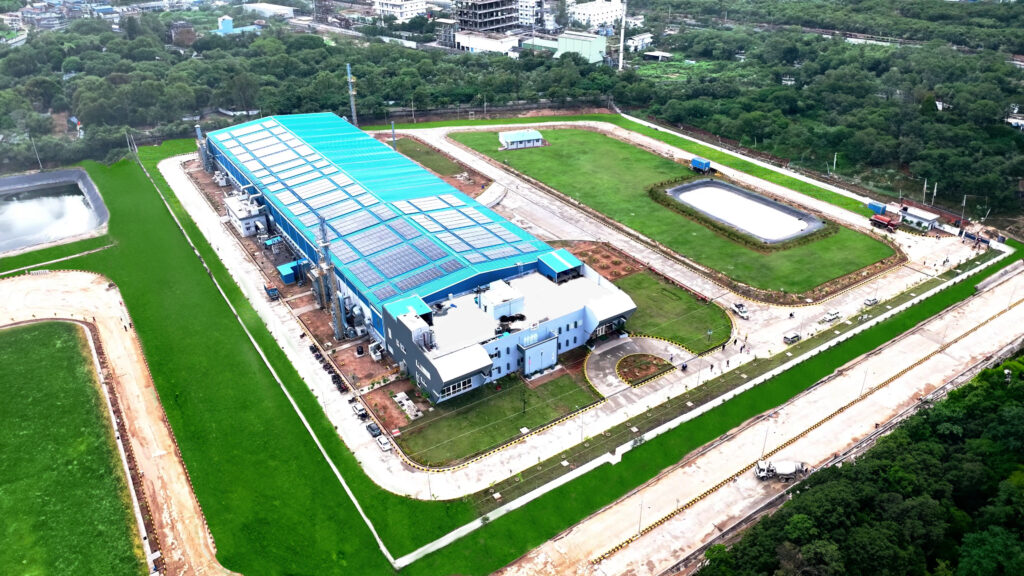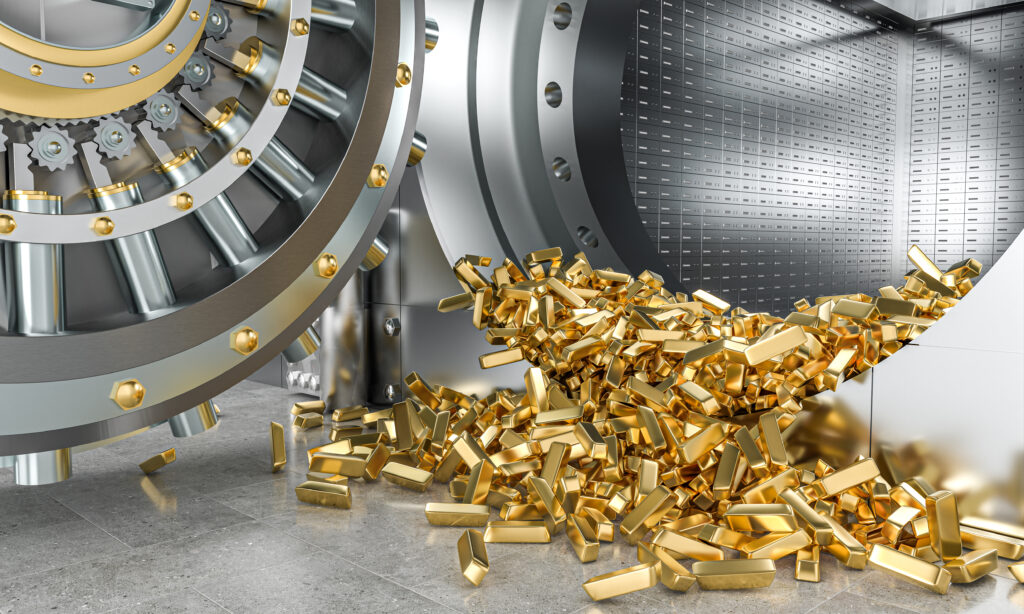

Across industries, sustainability has moved from a buzzword to a business mandate and in precious-metal refining, this shift is especially visible. As global attention to environmental, social, and governance (ESG) standards intensifies, refiners are being called to operate with greater transparency, responsibility, and compliance. The era of sustainable refining is here, transforming how companies recover, process, and reuse valuable metals.
Traditionally, precious-metal refining focused on maximizing recovery of gold, silver, platinum, and palladium from scrap, e-waste, and industrial by-products. Today, that mission has expanded. Refiners are expected to minimize environmental impact, uphold ethical practices, and ensure worker and community safety—while maintaining economic efficiency.
This evolution is being accelerated by the ESG agenda. Manufacturers and investors now assess partners based not only on performance but also on how effectively they integrate ESG principles. Refiners, therefore, have a critical role in closing the loop of the circular economy recovering metals from waste streams and returning them to production in a cleaner, more efficient cycle.
Sustainable refining is about more than operational yield. It includes traceability, ethical sourcing, and reducing dependency on primary mining. Extracting new ore consumes significant energy and disrupts ecosystems; refining from recycled materials can dramatically cut carbon emissions and resource use. Balancing profitability with responsibility defines the next phase of industrial evolution.
While ESG goals drive voluntary progress, regulation is now enforcing it. Governments and international bodies are tightening frameworks around e-waste, hazardous materials, and metal recovery practices.
With the rapid growth of electronics, regulators are enforcing stringent rules on collection, dismantling, and recovery. Refiners must ensure their sourcing and recycling processes are traceable and legally compliant.
Refining facilities are being measured against benchmarks for water consumption, air quality, energy efficiency, and waste disposal. Certifications such as ISO or LEED are increasingly seen as proof of alignment with sustainability goals.
Buyers and investors expect verification of the origin of recovered metals and evidence that operations are conflict-free and environmentally responsible. Demonstrable traceability has become a key differentiator.
Collectively, these frameworks promote accountability. Non-compliance can result not only in penalties but also in loss of market access. Refiners that proactively align with national and global standards position themselves as trusted partners in sustainable supply chains.
As ESG and regulatory expectations rise, the selection of a refining partner has become a strategic decision. Manufacturers and brands now evaluate refiners on environmental performance, safety systems, and ethical practices alongside technical capability.
A responsible refining partner ensures:-
Working with such refiners reduces carbon footprint, supports compliance, and enhances brand credibility. In an era where customers demand transparency and sustainability, these qualities define competitiveness.
Across the sector, leading refiners are integrating cleaner technologies, stronger compliance systems, and circular-economy models into their operations. These advancements aim to achieve high recovery rates with lower environmental impact demonstrating that industrial performance and sustainability can coexist.
Refining precious metals from secondary sources not only conserves finite resources but also strengthens national self-reliance by retaining critical materials within domestic value chains. Such practices represent a significant step toward long-term industrial sustainability.
The precious-metal refining industry stands at a turning point shaped by ESG priorities and regulatory momentum. These forces are not obstacles, they are catalysts for innovation, transparency, and resilience.
Companies that adapt early will lead the next phase of responsible growth, helping industries worldwide transition toward a truly circular economy, where every gram recovered is both an economic and environmental gain.





